Finding Your Ride-or-Die Dog: A Realistic Guide to 5 Incredibly Loyal Breeds
I’ve been working with dogs for more than thirty years. I’m talking about everything from training serious police K9s to helping a family pick their very first puppy from a litter. And in all that time, one word always comes up: loyalty. Everyone wants a loyal dog. But here’s the truth I’ve learned: loyalty isn’t some feature a dog comes with, like floppy ears or a curly tail. It’s a bond. It’s a two-way street that you have to build with respect, clear communication, and a whole lot of love.
In this article
- First, Let’s Talk About Getting Your Dog
- The “Why” Behind Their Devotion
- German Shepherd: The Intense Partner
- Labrador Retriever: The Joyful Family Member
- Great Pyrenees: The Gentle, Silent Guardian
- Golden Retriever: The Empathetic Soulmate
- Rottweiler: The Confident, Loving Protector
- So, What’s the Takeaway? Loyalty is a Relationship.
- Inspirational Gallery
That deep-down canine loyalty we all crave? It comes from a long history of selective breeding. These animals were shaped over generations for specific jobs, working hand-in-paw with people. That history is baked right into their DNA. It affects how they view their family (as their pack) and how they protect them. But a herding dog’s loyalty feels very different from a guardian dog’s, and you need to know which one fits your life.
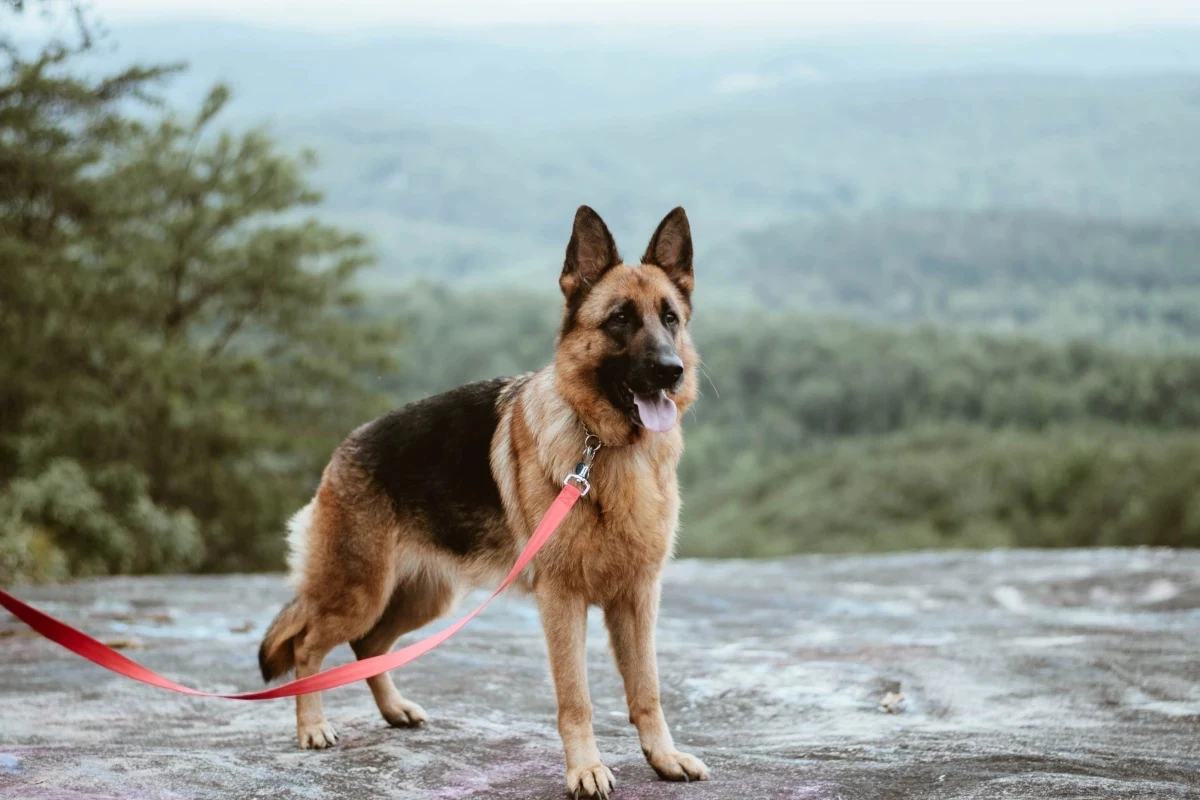
So today, I want to give you my professional, no-fluff take on five breeds famous for their devotion. We’ll get into what it’s really like to live with them, the challenges you’ll face, and the responsibility you’re signing up for. This isn’t about finding the “most loyal” dog, but about finding the right kind of loyal for you and being ready to earn it.
First, Let’s Talk About Getting Your Dog
Before we even get to the breeds, we need to talk about where you get your dog from. This is a big deal. You’ll hear the term “reputable breeder” a lot, but what does that actually mean?
A good breeder is obsessed with the health and temperament of their dogs. They should be more than willing to show you health clearances for the puppy’s parents—these are official tests that check for common genetic issues like hip and elbow dysplasia (OFA or PennHIP are the big ones) and heart or eye conditions. You should be able to meet at least the puppy’s mother and see that she’s a well-adjusted, friendly dog. A good breeder’s home is clean, the puppies are well-socialized, and they will probably ask you as many questions as you ask them. Be prepared to spend a good chunk of change; a well-bred puppy from a sought-after breed can range from $1,500 to over $3,500.

But don’t forget the other amazing option: rescue! Almost every breed on this list has a dedicated, breed-specific rescue organization. These groups are full of volunteers who know the breed inside and out. You can find incredible dogs who lost their homes for reasons that had nothing to do with them—a divorce, a move, or an owner’s passing. It’s a fantastic way to give a deserving dog a second chance.
The “Why” Behind Their Devotion
Okay, so why are dogs so bonded to us anyway? It’s a fascinating mix of genetics, brain chemistry, and good old-fashioned nurture.
Genetically, these dogs were purpose-built. German Shepherds were bred to hang on a shepherd’s every word. Retrievers needed to work in perfect sync with a hunter. Great Pyrenees were trusted to guard sheep all by themselves. The dogs that were best at cooperating and focusing on their humans were the ones chosen to create the next generation. That created a powerful, built-in desire to partner with us.
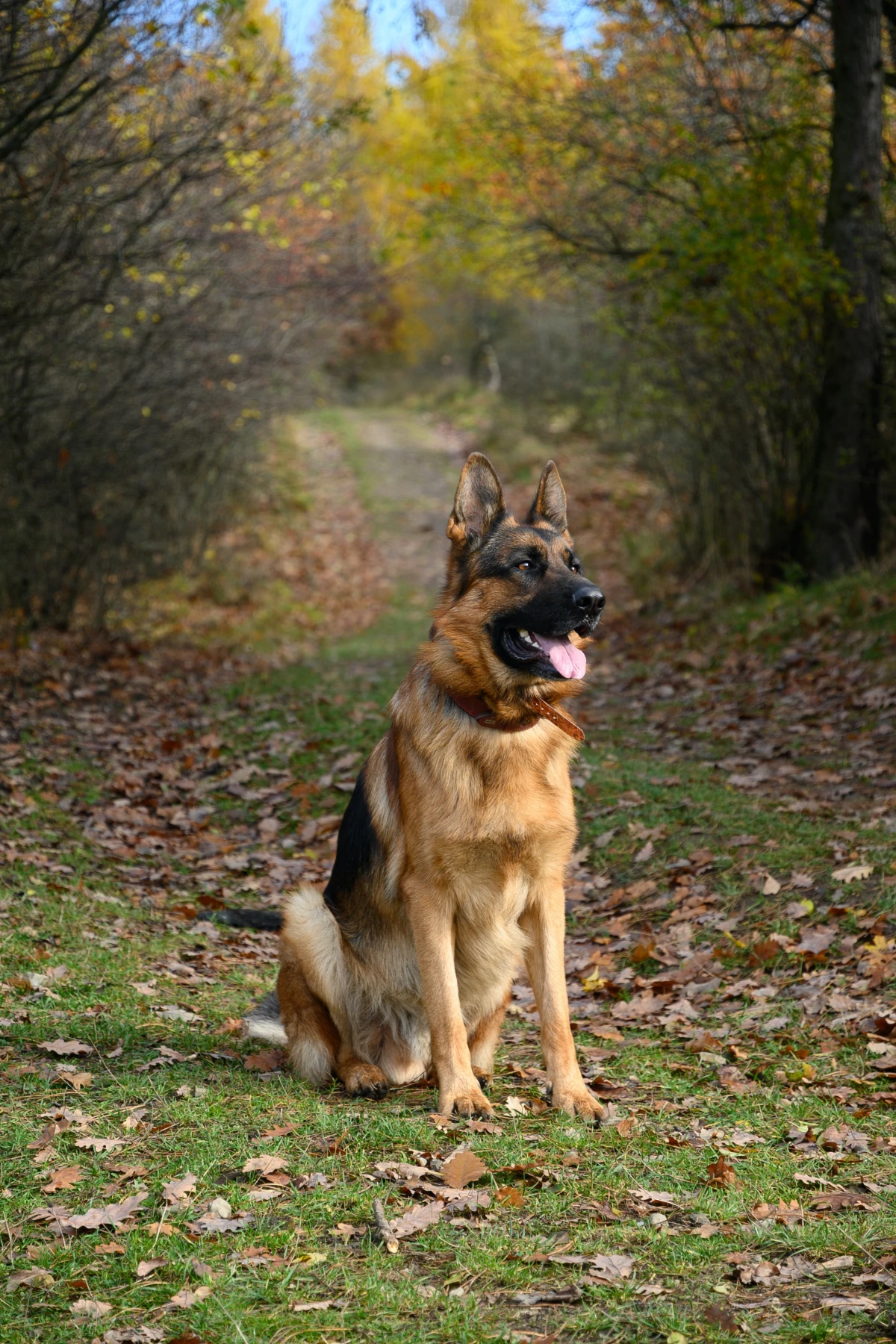
Then there’s the chemical side. When you and your dog lock eyes in a loving gaze, both of your brains release oxytocin—the same hormone that helps mothers and babies bond. It’s literally a chemical connection that strengthens your attachment. I’ve seen that quiet understanding between a person and their dog a thousand times; it’s a trust that’s deeper than just commands.
But genetics and hormones are just the starting point. Loyalty is sealed through your actions. Consistent, positive training shows your dog you’re a reliable leader. Socialization teaches them to look to you for cues in new situations. This is why a simple socialization checklist is so important for puppies:
- In the first month home, try to safely introduce your puppy to: At least 10 different friendly people (with hats, beards, glasses, etc.), 5 different vaccinated and calm adult dogs, 3 different surfaces to walk on (like grass, pavement, and a shaggy rug), and 5 new household sounds (like a vacuum, doorbell, or blender).
This early work builds a confident dog who trusts you, and that trust is the foundation of all true loyalty.
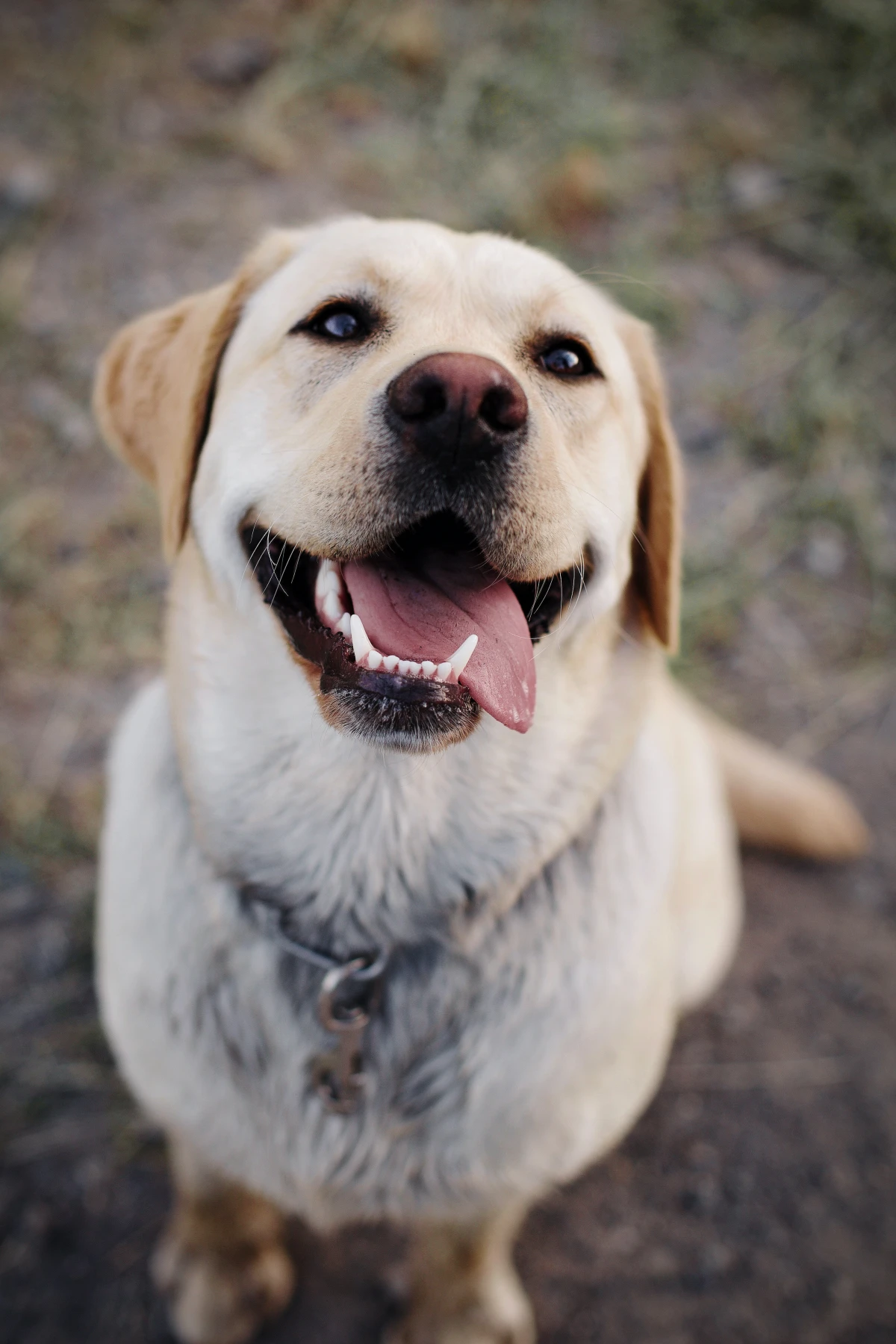
German Shepherd: The Intense Partner
I’ve probably trained more German Shepherds (GSDs) than any other breed. Their intelligence is off the charts, but their defining trait is their desire for a focused partnership. A GSD doesn’t just want to be near you; they want a job to do with you. Their loyalty is active and purposeful.
I remember a GSD I was prepping for police work. His young handler was a bit timid, and the dog, Kaiser, knew it. He was brilliant but pushed every boundary. The solution wasn’t force; it was absolute consistency. We drilled the basics until every command was crystal clear and every reward was predictable. One day, during a tracking drill, the officer stumbled and fell. Kaiser, instead of plowing ahead, stopped dead and nudged his handler’s hand. The bond changed in that instant. That’s the GSD spirit—loyalty built on deep respect for confident leadership.
Living with a GSD:
- Exercise: We’re talking 90+ minutes of real activity a day. A walk around the block won’t cut it. They need to run, play fetch, and do things that engage their brain.
- Grooming: They’re often called “German Shedders” for a reason. They have a double coat that sheds year-round, with two massive shedding seasons. You’ll need a good undercoat rake and a powerful vacuum. Seriously.
- The Financial Side: A puppy from health-tested lines can run you $2,000 to $4,000. Plan on a monthly food bill of $80-$120. Pet insurance is a very wise investment, as they’re prone to hip and elbow dysplasia and bloat.
The Hard Part: Their loyalty can easily curdle into over-protectiveness if you don’t socialize them relentlessly. They can become suspicious of strangers and reactive to other dogs. You have a legal and ethical duty to manage this. Because of their reputation, you might also face issues with homeowners’ insurance or landlords.
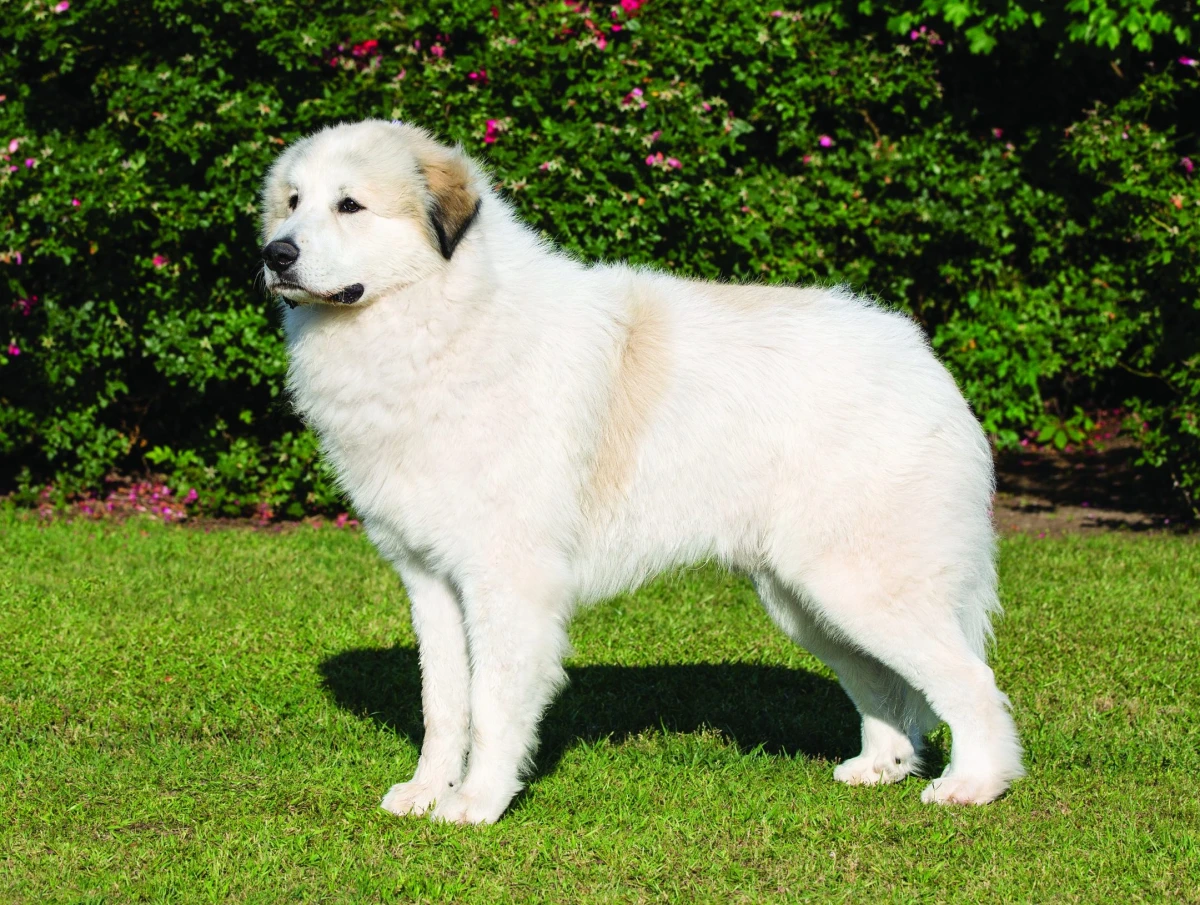
The Verdict: Best for an experienced, active owner who enjoys training as a hobby and has a securely fenced yard. Not a great choice for first-time owners or apartment living unless you are extremely dedicated to meeting their high exercise and mental stimulation needs.
Labrador Retriever: The Joyful Family Member
If the GSD is an intense work partner, the Lab is the beating heart of the family. Their loyalty is all about joyful companionship and a bottomless desire to please every single person in their pack. They’re the quintessential family dog for a reason.
I once worked with a family whose young son, Sam, was terrified of dogs. They chose a Lab puppy named Bailey. I told them never to force it. Sam’s only job was to drop Bailey’s food in his bowl. For weeks, that was it. Slowly, Bailey started associating Sam with the best thing in his day. One night, Bailey waddled over and just rested his head on Sam’s foot. Sam didn’t flinch. He just watched him. That’s Labrador loyalty—patient, gentle, and utterly open-hearted.

Living with a Lab:
- Exercise: A young Lab needs a solid hour of vigorous exercise daily. They are athletes in a goofy dog suit. Without an outlet, your furniture and shoes will pay the price. They adore swimming and retrieving.
- Grooming: That dense, waterproof coat sheds a lot. A weekly brushing helps, but you’ll find hair everywhere. Heads up: Their floppy ears are prone to infections, so they need regular cleaning.
- The Financial Side: Expect to pay $1,500-$3,000 for a well-bred puppy. Their food bill will be around $70-$100 a month, but be careful—they gain weight just by looking at food, and obesity is a huge health risk.
The Hard Part: The biggest issue isn’t aggression; it’s their clumsy, boundless enthusiasm. A 70-pound Lab can easily knock over a toddler or a frail grandparent. Their powerful tail can clear a coffee table in a single wag. They also bond so tightly that separation anxiety can be a real problem if they’re left alone too much.
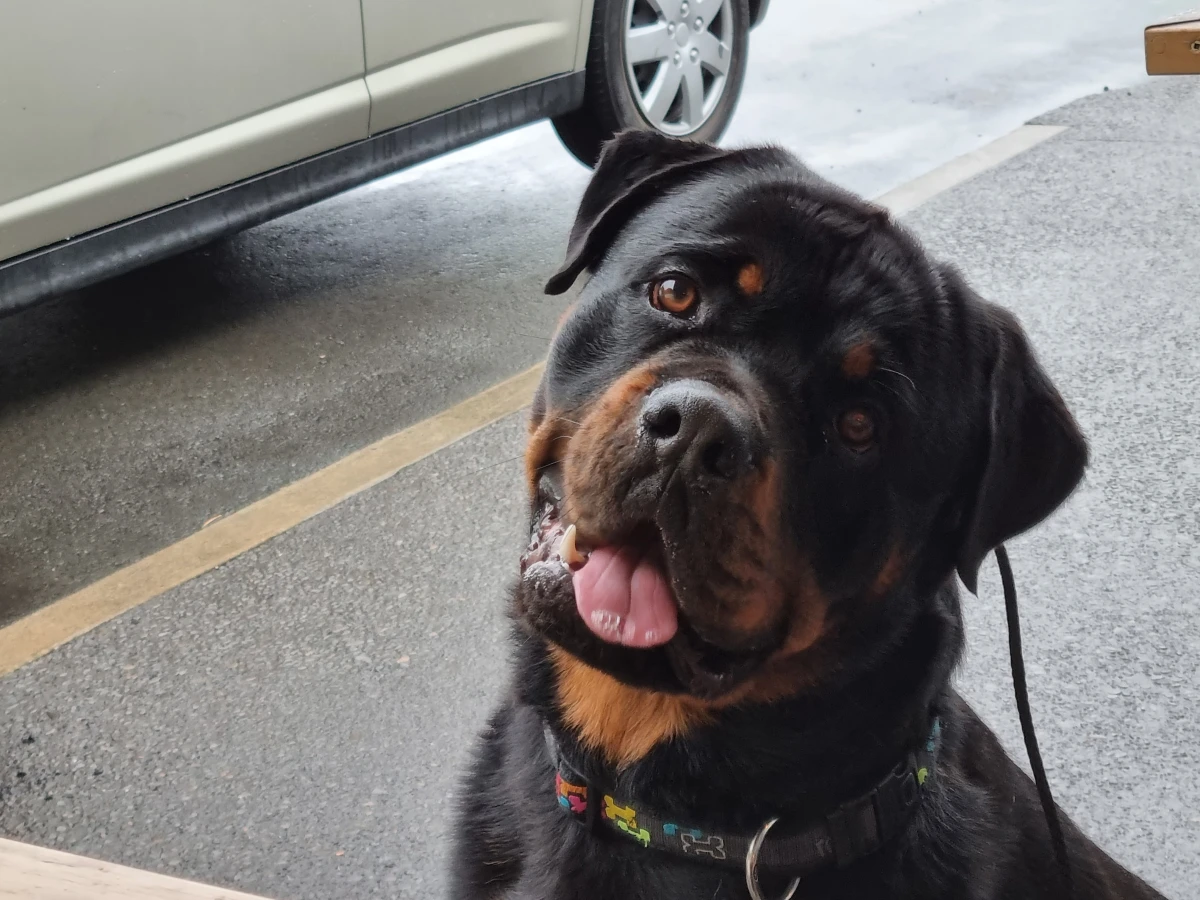
The Verdict: Best for an active family that wants a dog to be part of every adventure. They can do okay in apartments if—and this is a big if—you are religious about their daily exercise. Great for first-time owners who are prepared for the energy level.
Great Pyrenees: The Gentle, Silent Guardian
The loyalty of a Great Pyrenees is a whole different animal. It’s quiet, watchful, and intensely protective. They weren’t bred to take commands from a person all day. They were bred to work alone, guarding livestock. In your home, your family becomes their flock.
I consulted for a small farm that was losing goats to coyotes. They got two Pyr puppies and raised them with the herd. As the pups grew, their instincts just… switched on. They never chased the goats. They just existed among them. At night, I’d hear their deep, booming barks as they patrolled the perimeter. They weren’t waiting for a command; their loyalty was a self-directed, solemn duty. That is the soul of a Pyrenees.
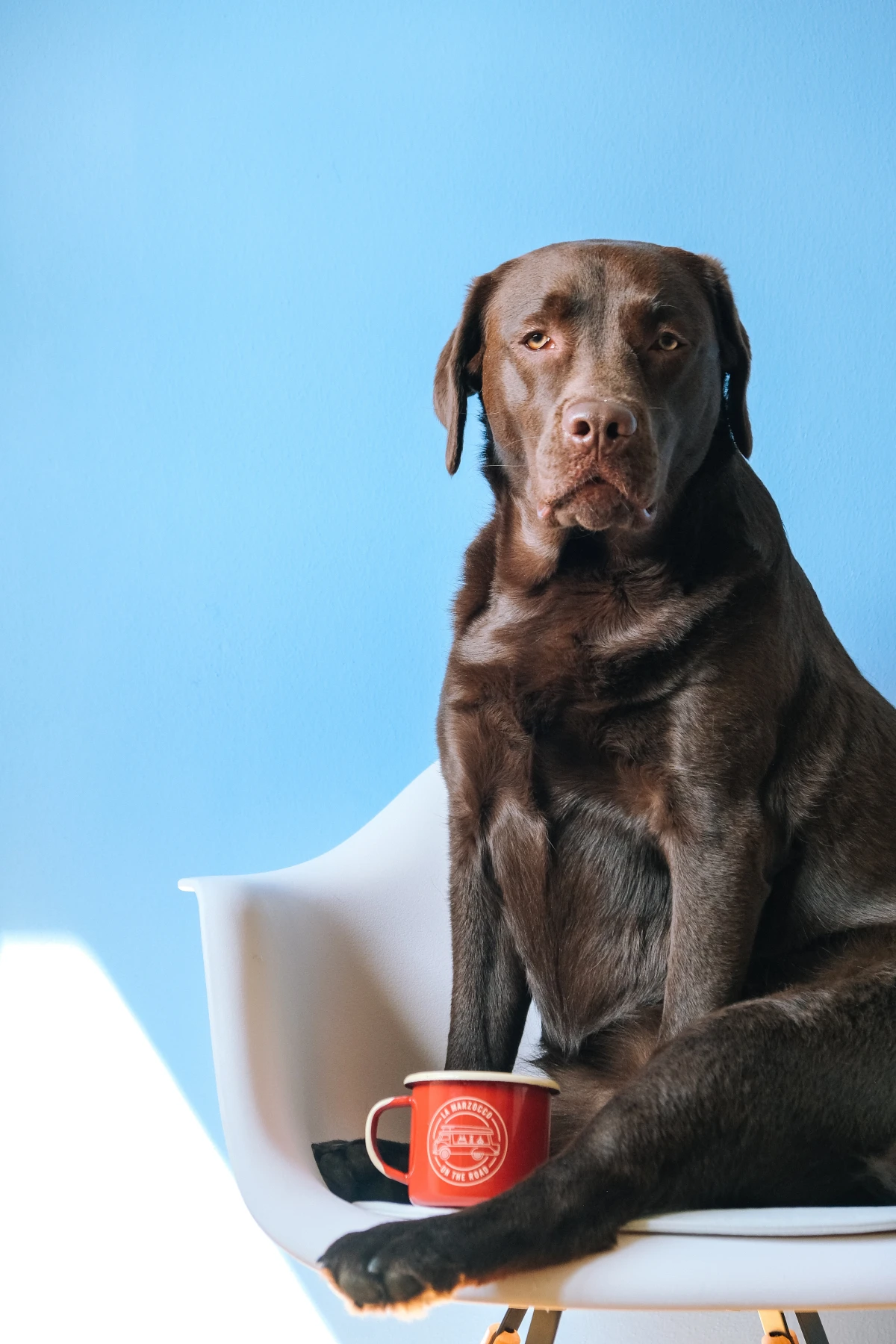
Living with a Pyr:
- Exercise: Surprisingly low needs for a giant dog. A couple of moderate walks a day is fine. Their real job is patrolling their property. A secure, tall fence is absolutely non-negotiable; their instinct to roam is powerful.
- Grooming: The amount of white fur is breathtaking. Their thick double coat needs brushing several times a week to prevent painful mats. Be ready for two yearly “coat blow” events that look like a snowstorm in your house.
- The Financial Side: A puppy can cost $1,500-$2,500. And the food bill is no joke, easily $100-$150 a month. Giant-breed pet insurance is a must to cover potential issues like bloat, a life-threatening emergency.
The Hard Part: The barking. Let me say it again: THE BARKING. They are nocturnal by nature and will bark all night at anything they deem a threat—a leaf, the wind, a car door three blocks away. This makes them terrible for close neighbors. Their protective nature is serious; they are not a dog for off-leash dog parks.
The Verdict: Best for an experienced owner with a large, securely fenced property and no close neighbors. They are absolutely not suited for apartment life. Their independent nature makes them a poor choice for a first-time dog owner.
Golden Retriever: The Empathetic Soulmate
A Golden Retriever’s loyalty is all about emotional intelligence. They seem to be tuned in to your feelings, making them less of a pet and more of a furry soulmate who offers comfort and unwavering support. Their loyalty is a soft, warm, reassuring presence.
I’ve certified many Goldens as therapy dogs, but one female, Sunny, was special. At a nursing home, she’d bypass the loud, boisterous people and walk straight to a person sitting alone in a corner, someone who looked lost or sad. She’d just gently lay her head in their lap. No command needed. She just knew who needed her. That empathy is the Golden’s brand of loyalty.
Living with a Golden:
- Exercise: They need about an hour of activity daily. They love to swim, run, and, of course, retrieve things for you endlessly. A bored Golden is a mischievous Golden.
- Grooming: That gorgeous golden coat comes at the price of significant shedding. Brushing a few times a week is necessary to manage it and prevent mats in their feathery fur.
- The Financial Side: Puppy prices are similar to Labs, around $1,500-$3,000+. Their food bill is also comparable, at $70-$100 a month. Be warned: cancer rates are tragically high in the breed. A good breeder will talk openly about longevity and health in their lines.
The Hard Part: Their biggest flaw is being too friendly and trusting for their own good. They will happily run up to people or other dogs that may not be friendly back, so you have to be their advocate. Like Labs, they can also suffer from severe separation anxiety. They are not happy being left alone for long hours.
The Verdict: Best for families or individuals who want an emotionally connected companion. Like Labs, they can manage apartment life with dedicated daily exercise. They are an excellent choice for first-time owners.
Rottweiler: The Confident, Loving Protector
The Rottweiler’s loyalty is one of the most misunderstood. It’s not mindless aggression; it’s a calm, confident, and absolute devotion to their family. A well-bred, well-raised Rottie is a goofy clown with its people and a serious, discerning guardian only when necessary. Their loyalty is a quiet, powerful force.
A client once came to me with a young male Rottie they’d gotten for “protection” but had never trained or socialized. He was a fearful, growling mess. We started from zero. Just me, on the floor, tossing good treats his way, not even making eye contact. It took weeks, but he learned to trust. The family learned about calm leadership. A year later, he was a stable, loving dog. He proved to me that a Rottweiler’s reputation is built—or destroyed—by its owner.
Living with a Rottie:
- Exercise: These powerful dogs need moderate exercise like long walks or a steady trot. They aren’t built for marathons, but they need a daily job, even if it’s just carrying a doggy backpack.
- Grooming: Their short coat is easy to care for, but they shed more than you’d think. A quick weekly brushing is all they need.
- The Financial Side: A puppy from a top-tier breeder can be $2,500-$4,000. Their food bill for a large male can reach $90-$130 a month. And again, insurance is key for a large breed prone to hip dysplasia and certain cancers.
The Hard Part: You will face prejudice. Period. Your insurance will go up. Finding a place to rent will be difficult. A small mistake in training has much bigger consequences than with a smaller dog. An adult male can weigh 130 pounds; this is a massive amount of power and responsibility. Their guarding instinct is real and requires expert management.
The Verdict: Best for a very experienced, confident owner who is committed to lifelong training and socialization. Not for first-timers. Not for apartment dwellers. Owning a Rottweiler is a lifestyle choice and a significant public responsibility.
So, What’s the Takeaway? Loyalty is a Relationship.
After all these years, I can tell you one thing for sure: you can find loyalty in any mutt from the shelter, and you can find a dog from the
Inspirational Gallery
The Protector’s Instinct: A truly loyal dog often has a strong protective drive. It’s crucial not to mistake this for aggression. A low growl when a stranger approaches the door isn’t a sign of a ‘bad’ dog; it’s communication. Your dog is alerting you to something unusual. The key is to manage these situations with calm leadership, teaching your dog that you are in control and can assess the threat, allowing them to relax.
A 2011 study on canine cognition found that dogs are uniquely attuned to human emotional cues, even more so than chimpanzees.
This innate ability is the bedrock of the loyal bond you build. When you are joyful, anxious, or sad, your dog often knows and reacts. Acknowledging and respecting this deep emotional connection is just as important as daily walks and feeding times. It’s the silent conversation that turns a pet into a partner.
Beyond the initial price tag, what’s the real cost of owning a large, loyal breed?
The purchase price is just the beginning. For a breed like a German Shepherd or a Rottweiler, budget for high-quality, large-breed formula dog food, which can run over $80 a month. Add professional training ($500+), annual vet check-ups and preventative care (~$600), and potential grooming costs. Most importantly, consider pet insurance from a provider like Trupanion or Healthy Paws, as a single emergency surgery for issues like bloat or hip dysplasia can exceed $7,000.
- A dog that greets new people politely.
- A companion who is relaxed in different environments, from a bustling park to a quiet café patio.
- A confident adult who doesn’t resort to fear-based reactions.
The secret to achieving this? Early and positive socialization. Exposing your puppy safely and happily to a wide variety of sights, sounds, and experiences between 7 and 16 weeks of age is the single most important investment you can make in their future temperament.
Once you bring your new partner home, building that ride-or-die bond starts with play. But not all toys are created equal for these powerful breeds.
- For the Power Chewer: Standard plush toys won’t last a minute. Invest in durable rubber toys from brands like KONG (the black Extreme line is a classic) or West Paw’s Zogoflex collection, which often come with a replacement guarantee.
- For the Brainy Dog: Loyalty often comes with high intelligence. Prevent boredom and destructive behavior with puzzle toys. Nina Ottosson’s ‘Dog Brick’ or a simple KONG Wobbler can keep them mentally stimulated and happy.
Front-Clip Harness: A popular choice, like the PetSafe Easy Walk, has a leash attachment point on the dog’s chest. When the dog pulls, it’s gently steered to the side, redirecting their forward momentum. It’s great for teaching loose-leash walking without putting pressure on the neck.
Head Halter: A tool like the Halti or Gentle Leader fits over the dog’s muzzle and behind the ears. It works on the principle that where the head goes, the body will follow. It offers excellent control for very strong pullers but requires a careful introduction so the dog accepts it.
For most owners, starting with a front-clip harness is the most user-friendly option.
Don’t underestimate the power of high-value treats when forging a bond, especially during training. Forget the dry biscuits. For recall and focus, you need something special. A simple DIY option is baked liver bits: thinly slice beef or chicken liver, bake at a low temperature (around 200°F/95°C) until dry and brittle, then break into small, training-sized pieces. The potent smell is irresistible to most dogs and solidifies you as the source of all good things.
Rescue organizations aren’t just for mixed breeds. If you’re set on a specific breed’s temperament, like the steadfastness of an Akita or the biddability of a Golden Retriever, look for a Breed-Specific Rescue. These groups are run by experts who know the breed inside and out. You can often find a young adult dog whose personality is already known, allowing you to bypass the demanding puppy stage and find a loyal companion waiting for a second chance.










